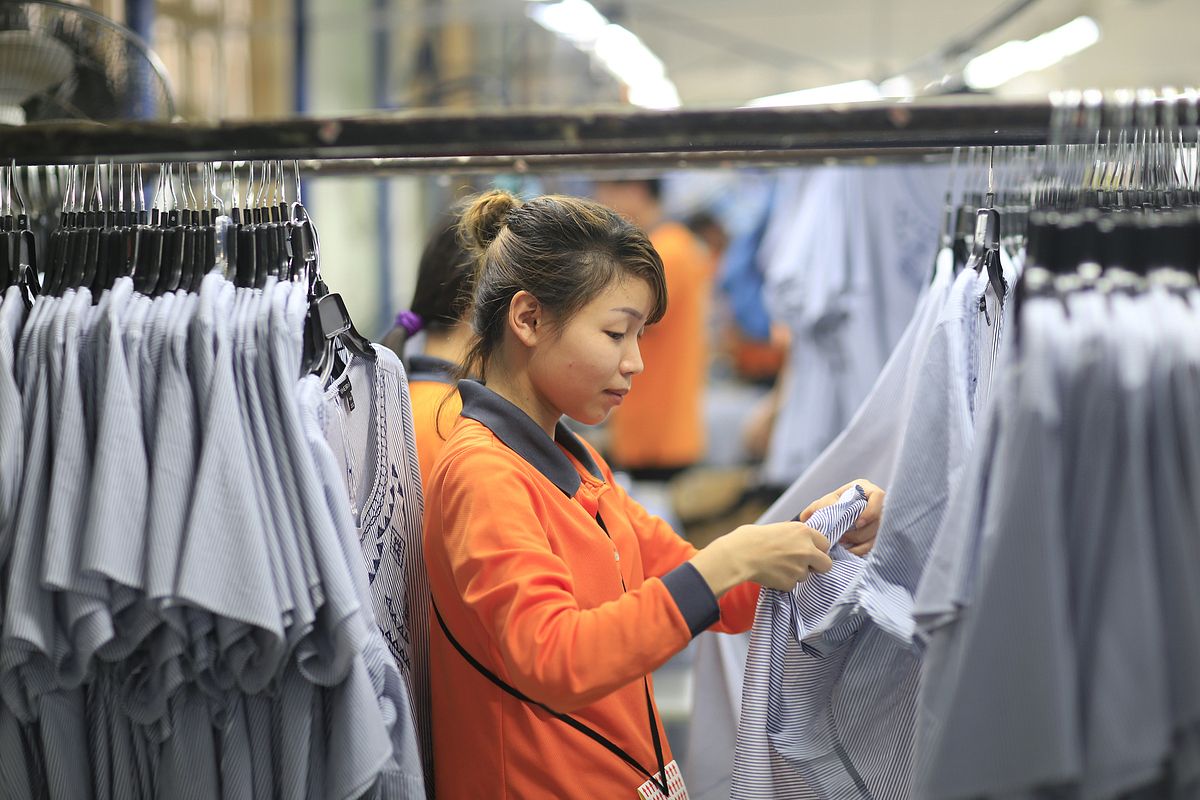A recently-published Oxfam study looks at Vietnamese garment workers' wages and living conditions.
Titled 'The Consequences of Low Wages: A Study on Fashion Suppliers In Vietnam,' the study measures garment workers wages against several living wage bases proposed by two methods including the Global Living Wage Coalition and Asian Floor Wage. To reach their conclusions, the study used data collected from interviews with 88 garment workers, five senior managers, 14 factory supervisors, six labor officials, 38 unions, three salary experts; and additional quantitative data from six companies, with 6,000 workers, that are garment suppliers for Australian, European and North American clothing brands.
A living wage is defined in the study as the minimum wage paid to a full-time worker that can cover basic needs of nutrition, decent housing, healthcare, clothing, transportation, utilities, childcare, education, future savings and savings for unexpected events.
According to the report's findings, 99% of Vietnamese garment workers that were studied earn below Asia's living wage rate proposed by the Asian Floor Wage and 74% of them earn below the global living wage proposed by the Global Living Wage Coalition. The researchers note that a living wage is different from a statutory minimum wage or the World Bank poverty line, which is US$1.9 per day, as such low levels provide "nothing near a dignified life."
The research contends that there are several driving forces that contribute to this harrowing condition. International brands and buyers' price negotiation practices that seek the cheapest prices possible force manufacturing enterprises to lower prices and manipulate law loopholes to lower their workers' pay while still pushing them to work overtime.
Strict punishments from global buyers and the factories themselves also lead to wage reductions and cuts to annual leave. The priority of profit over worker's livelihood causes many factories to cut costs by not conducting enough health checks and reducing the cost of their employees' meals.
"Based on the minimum level of nutrition, the Vietnam General Confederation of Labour (VGCL) recommends that a minimum of 15,000 VND is spent per person to ensure minimum nutrition levels are met. However, companies only offer lunch at 12,000 VND, and some companies only spend 10,000 VND — the equivalent to a 180 ml milk box and a noodle packet," writes the report.
Garment workers are not just subjected to low wages, they also fall victim to management abuse, with 23% report getting yelled and shouted at daily. Garment workers are also offered little choice and agency as many are kept in the dark about their rights, job descriptions and unit prices for the products they made. About 90% of workers in the study were not aware of their job grade, set working hours or annual leave provisions.
Weak bargaining power of trade unions, burnout and potential loss of jobs prevent these garment workers from speaking out for their rights. “There used to be two strikes at the company. Those who were identified as leading the strikes were laid off after 1–2 years. No one dares to stand and lead a strike — not even the union president," two workers in Ninh Binh told researchers.
When it comes to legal protection for these employees, Vietnam falls short. The lack of labor inspections and the limitation of the statutory minimum wage contributes to the problem. Moreover, the report warns that Vietnam's recent embrace of international labor policies and trade agreements, which means a shift towards a market system, will create more vulnerabilities for workers and leave them even less room for collective bargaining.
Thus, the report recommends that global brands and buyers should instill basic human rights in their business practices and make a living wage a standard for all of their supply chains. For garment factories, production should be transparent; a fixed wage component should be in place in price negotiation with buyers and more efforts must be put into lifting employees' earnings to the living wage standard.
The researchers also recommend the government increase the minimum wage to the living wage level, create a transparent minimum wage calculation process, foster a friendly environment for collective bargaining, guarantee social protection for all workers, work with other governments to lift wages, and provide public recognition to businesses that are able to ensure a living wage for their workers.
[Photo/CC BY 4.0]














